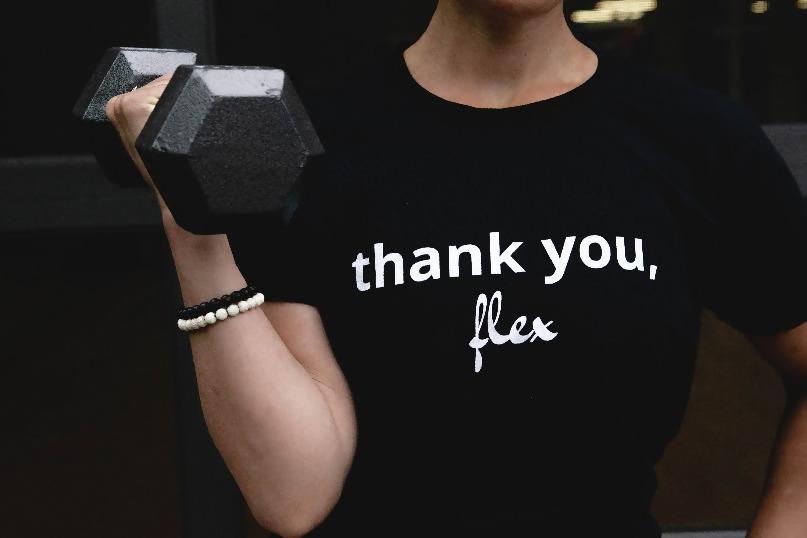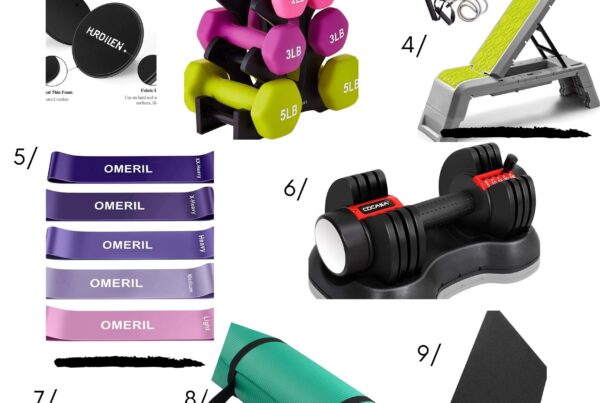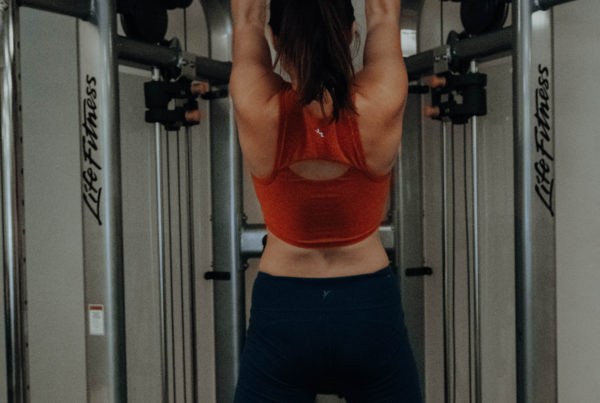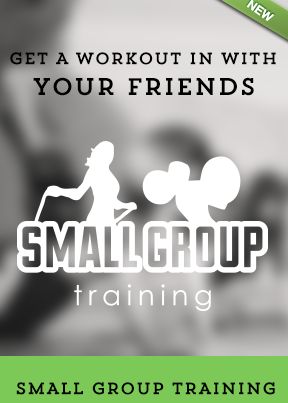Why the Scale Isn’t the MVP of Your Overall Fitness Level.

Size, Scales and….self-confidence?
Do those three words go hand in hand for you often or, does it sound something more like this: Size, Scales and self-destruction? For some, maybe even most, the second set is the more common word association. I’m here as your trainer to tell you that none of those words should have an association with each other whatsoever and why.
The number on your jeans doesn’t decide the number on the scale and the number on the scale doesn’t define your worth within – duh!
You know this, you’ve heard this, this is nothing new, but I want to tell you the WHY behind the statement; specifically why the number on the scale isn’t as big of a player on your overall health and your level of fitness as you may think, why we must dig deeper than simply the number on the tag of your jeans to decide how fit, strong and healthy you are, why none of those numbers should define you or determine your self-confidence (we get that from somewhere else, you know that right?!) and 4 other ways to measure your success in the gym.
Top four ways to measure success in the gym.

Client Bridget in June, August, and October. She has lost 10 pounds total, 10% body fat, and over 10 inches from June to now. But between photo two and three, her weight stayed the same and her lean body mass increased by 4 pounds and her fat mass decreased by 4 pounds which made her body fat percentage decrease by 2%.
In this photo of me I posted on IG yesterday, I had lost 1 pound. O-N-E P-O-U-N-D. Now, imagine if I stopped there, walked away from the scale and didn’t dig any deeper into my numbers. Can you imagine how I’d feel? I’d probably be thinking things like “all of that work for 6 weeks for 1 fucking pound?” I’d get down on myself and likely be resentful towards exercise and the program I worked hard on because “it didn’t work.” Now, I know better (Thank God!) so I dug deeper into my numbers, got my body fat measured, circumference measurements taken and took before and after photos. Let’s look more into ways to measure your success in the gym.
- Testing Body Fat Percentage: Your body fat percentage will give you a good idea on whether the exercise classes and / or program you’re doing is actually working. If it’s decreasing, you know you’re (obviously) losing fat, which usually in turn means you’re building muscle – especially if your weight didn’t drop by much or even if it increased on the scale.
- Measuring Your Circumferences: Muscle doesn’t weigh more than fat. A pound is a pound. However, muscle is more dense than fat which means it takes up less space and more of it on your body can equal a higher weight on the scale. Fat is a loose substance that takes up more space than muscle. When you have more muscle on your body than fat, you will appear smaller because muscle doesn’t take up as much space. The scale may not change drastically, or at all, but again, that doesn’t matter. This ties right into the point above: circumference. If you’re replacing your fat with muscle, you will appear smaller which will show up in your circumference measurements. When we measure your body, we will see where you’re losing fat and where you’re building muscle thanks to those inches on the tape measure. From there, we have a great idea of how you’re doing with the goals you’ve set. Some clients want to gain mass in their biceps, chest, and glutes so the goal is to see those numbers rise after we see the fat percentage drop.
- Strength Testing: Tracking your progress in weights and reps throughout the month on the same workout program is a fantastic way to see how you’re doing in the gym and to see if what you’re doing is working for you. I train using a specific exercise prescription and keep the main 4-6 exercises similar throughout the entire month. I make those the main attraction and add in some fun and flavor by way of their warm up, core workouts and the cardio I throw in. This allows me to track and measure the success of the client month-by-month. I can easily see how many more pounds a client is lifting week 4 of a program than they were at week 1 of the same program which is always amazing – -seeing my clients eyes light up and stand a little taller when I fill them in on how they’re doing. If you don’t have a trainer to track your progress for you, you can easily do a fit test on yourself. Here’s how: At the beginning of the month, set your timer for 1 minute and pick 6 exercises to do. Each minute do as many reps of one exercise and possible, write it down and move onto the next one. Go about your workouts throughout the month and take the test again at the end of the month or at least every 8 weeks. If your repetitions increase in your exercises, you can be sure that you are stronger, your muscles are growing and your cardiovascular fitness level is higher.
- Take photos: It’s never a favorite part of my measurement process with my clients, especially the first time we take the photos, but I tell you what, pictures are worth 1,000 words. It’s their chance to see for themselves right then and there how much they’ve changed over a period of time and how their hard work is ACTUALLY paying off. We look at our body day in an day out so we often don’t notice differences from month to month. To take a photo and have proof that what you’re doing, what you’re sacrificing to get to the gym, that the money you’re investing is all worth it, is truly the number one motivator out there. So, take the damn picture! Take in the same outfit, the same background and around the same time of the month and day to keep things as consistent as possible.
Why self-confidence isn’t gained on the scale, by your clothing sizes, or by any numbers at all.
Because self-confidence comes from keeping the promises we make to ourselves.
Period.
Let’s connect if you’re ready for your free week of training,
Molly


